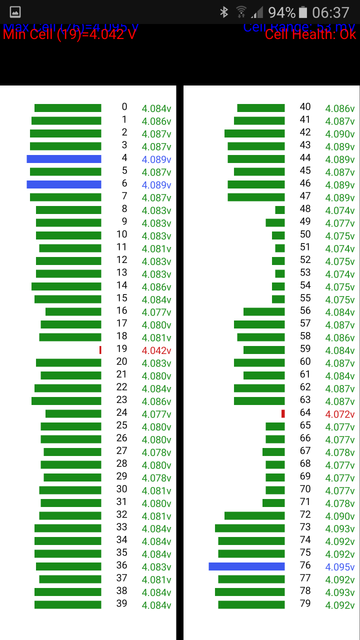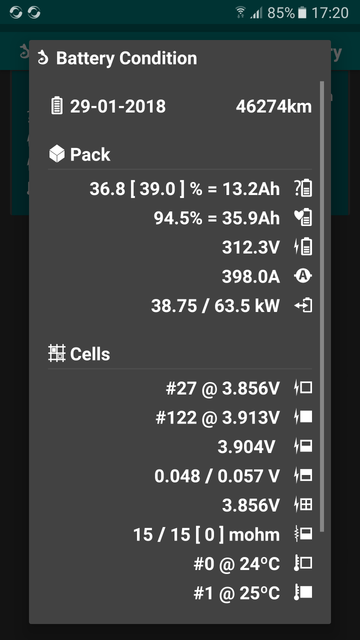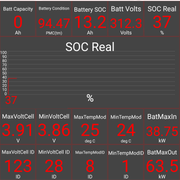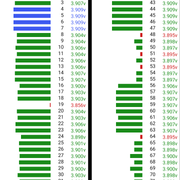Guys, we have just one single snapshot of cell voltages. Before jumping into conclusions, we should see a few more to determine whether the same cells are low and the same cells high all the time.
Also, the BMU itself balances cell voltages during the charging process. To my knowledge, all the dealer procedure does is 'educate the BMU' so that it has a better understanding of the actual capacity rather than just predicated capacity (based on usage pattern). Or do we think there are two different procedures?





